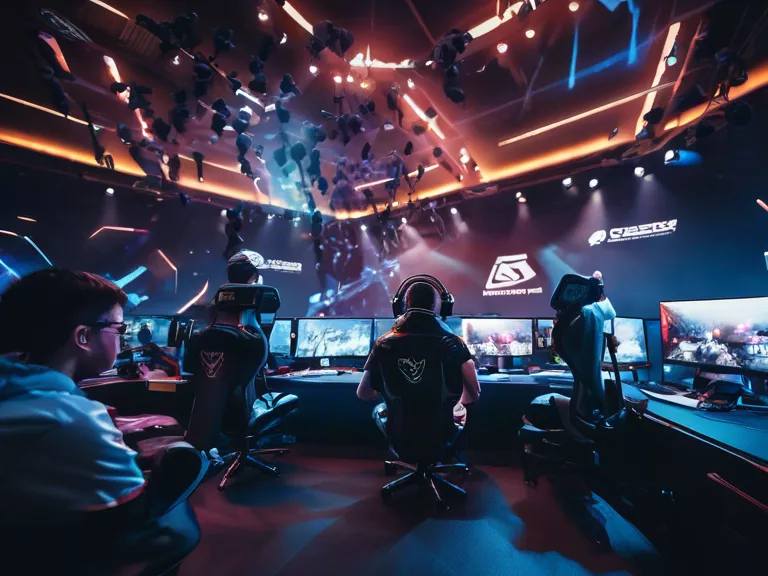
Best practices for optimizing game servers to handle high traffic and latency
With the popularity of online gaming on the rise, it’s crucial for game developers to optimize their servers to handle high traffic and reduce latency. High traffic and latency issues can result in poor gameplay experiences, leading to frustrated players and potential loss of revenue. By following best practices for server optimization, developers can ensure smooth gameplay for their players and maintain a loyal player base.
Here are some key best practices for optimizing game servers:
Scalability: Ensure that your game servers are scalable to handle sudden spikes in traffic. Utilize cloud services such as AWS or Google Cloud to easily scale up or down based on demand.
Load Balancing: Use load balancers to distribute incoming traffic evenly across multiple servers. This helps prevent overload on any single server and ensures a consistent gaming experience for all players.
Caching: Implement caching mechanisms to store frequently accessed data closer to players, reducing the need to fetch data from the server every time. This can significantly reduce latency and improve overall game performance.
Code Optimization: Optimize your game server code for efficiency and performance. Identify and eliminate any bottlenecks that could impact the server’s ability to handle high traffic.
Monitoring and Analytics: Set up monitoring tools to track server performance in real-time. Analyze data to identify trends and make proactive adjustments to optimize server performance.
By following these best practices, game developers can improve their server infrastructure, handle high traffic effectively, and provide an optimal gaming experience for players.



